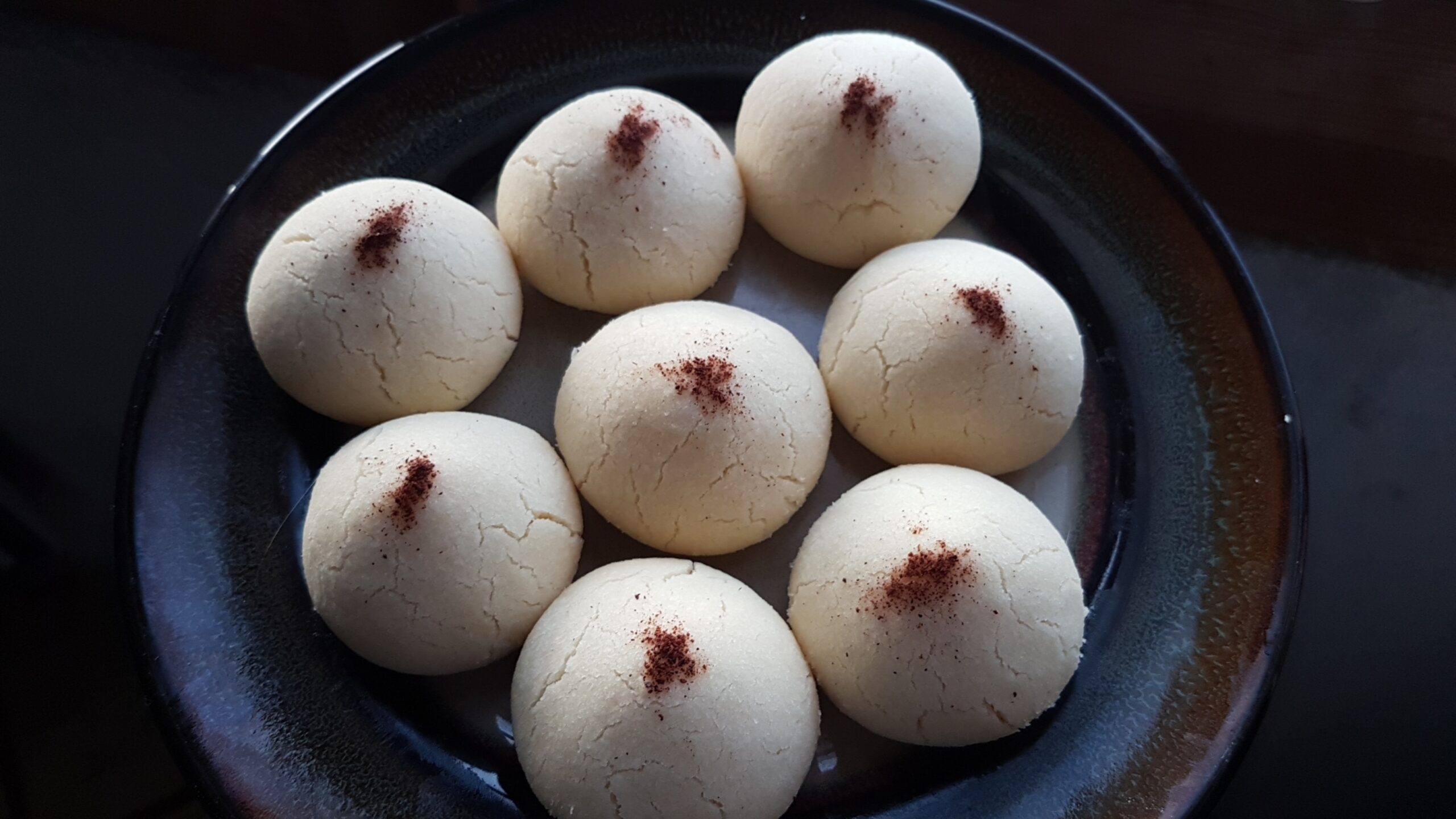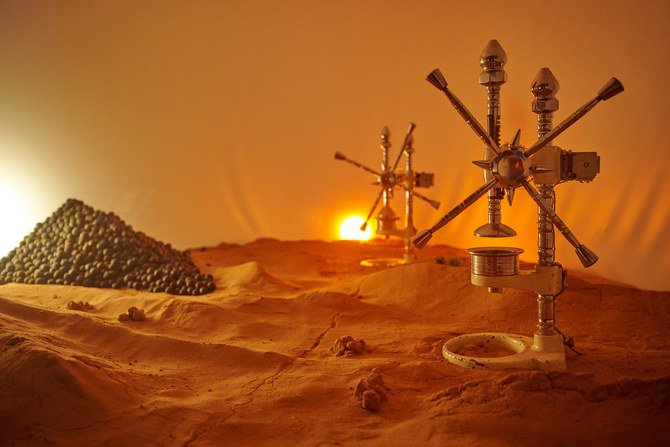Lifestyle
11.23.2023
Ghribia: what is this little Maghrebi cookie?

Ghribia are shortbread cookies popular in the Maghreb region, prepared with few ingredients and often flavored with hints of almond or vanilla.
Where do ghribia come from?
Of Andalusian inspiration, ghribia are a continuation of the Spanish mantecaos. A cookie invented in the 16th century to dispose of surplus cereals and lard. Under the influence of Jews and Muslims, these little shortbreads would later cross the Mediterranean.
From Morocco to Tunisia and Algeria, ghribia has become a traditional pastry over the centuries. It’s served on religious holidays, but also as a daily treat with a cup of mint tea. This economical, conical-shaped cake is made from flour, butter, peanut oil, powdered sugar and a dash of cinnamon for decoration. These are the basic ingredients, to which almond powder and citrus zest can be added. Treat yourself!
Voir cette publication sur Instagram
How to make ghribia at home?
Here’s a simple recipe for making twenty ghribia, with the five basic ingredients: 500 g flour, 125 g butter, 120 g sunflower or peanut oil, 120 g powdered sugar and a pinch of salt.
In a mixing bowl, start by combining the softened butter, oil, powdered sugar and salt. Whip for around 10 minutes, until you obtain a creamy, whitish texture. Then gradually add the sifted flour. The resulting dough should be supple and malleable.
Shape the dough into dome-shaped balls. Take about 25 g of dough for each ball. Place on a baking sheet lined with parchment paper and bake for 15/20 minutes at 155°.
Leave to cool, then sprinkle a little cinnamon over each cupcake. They’re ready!
popular

